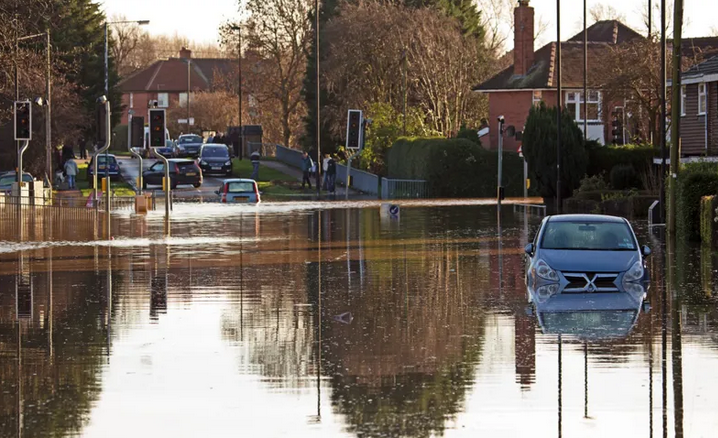The UK Government has a challenging ambition to decarbonise the power sector by 2035 – but no overarching delivery plan exists to do so.
A Public Accounts Committee (PAC) report finds that while the Government has many separate ongoing power decarbonisation plans, its ambitions are jeopardised by the lack of an integrated and coherent delivery plan. This should be pulled together by autumn 2023 at the latest.
The Government’s delivery plan must also set out when and how the costs of decarbonising the power sector will be likely to have an impact on energy bill payers and taxpayers.

The costs to build, maintain and operate the power system are typically passed onto consumer bills, but the Government has not yet assessed what the costs of the clean energy transition ultimately mean for the general public. The Government’s plans to improve energy efficiency and change consumer behaviour, both key to meeting net zero, are not clear.
The PAC is sceptical that the Government’s plans for expanding nuclear, solar and wind power are credible and calls for annual progress updates to Parliament. The UK’s current operating capacity is a quarter of the goals set for nuclear, solar and offshore wind power, with expansion plans relying in part on technology still at an early stage.
The inquiry heard that the Government’s focus on providing energy bill support to manage high gas prices (including due to Russia’s invasion of Ukraine) distracted it from longer-term activities on decarbonisation.
The Government estimates that up to £400 billion of public and private investment in new generating capacity will be needed by 2037, but the PAC is unconvinced that the private sector has been given enough clarity to confidently invest. Stop-start approaches have been highlighted before by the PAC, in reports on environmental tax measures, low emission cars and the Green Homes Grant Voucher Scheme. Investor confidence can be eroded by changes in direction on policy, and the PAC calls for the Government’s delivery plan to set out how it will provide greater clarity to the private sector to encourage the required investment.
Dame Meg Hillier MP, Chair of the Committee, said: “What is the plan? It has now long been understood and accepted that greening our economy is an existential priority, with the Government setting itself the target of securing an entirely low-carbon power supply by 2035. But without a coherent delivery plan to get there, the Government will find it harder to know what decisions it must take, and when, to ensure that it can realistically reach its ambitions.
“There are just twelve years left for the Government to meet its low carbon energy target, and much still to do if this is to be achieved – and at a cost the taxpayers and bill payers can bear while ensuring the lights stay on.
"There is an information vacuum in key areas – energy efficiency, investment, the cost of the transition to the public – that must be addressed. We need an overarching plan charting the way, to provide much-needed confidence to the businesses and consumers who are needed to deliver it. When it comes to tackling the climate crisis, we can see around us, we are already living on borrowed time.”




















